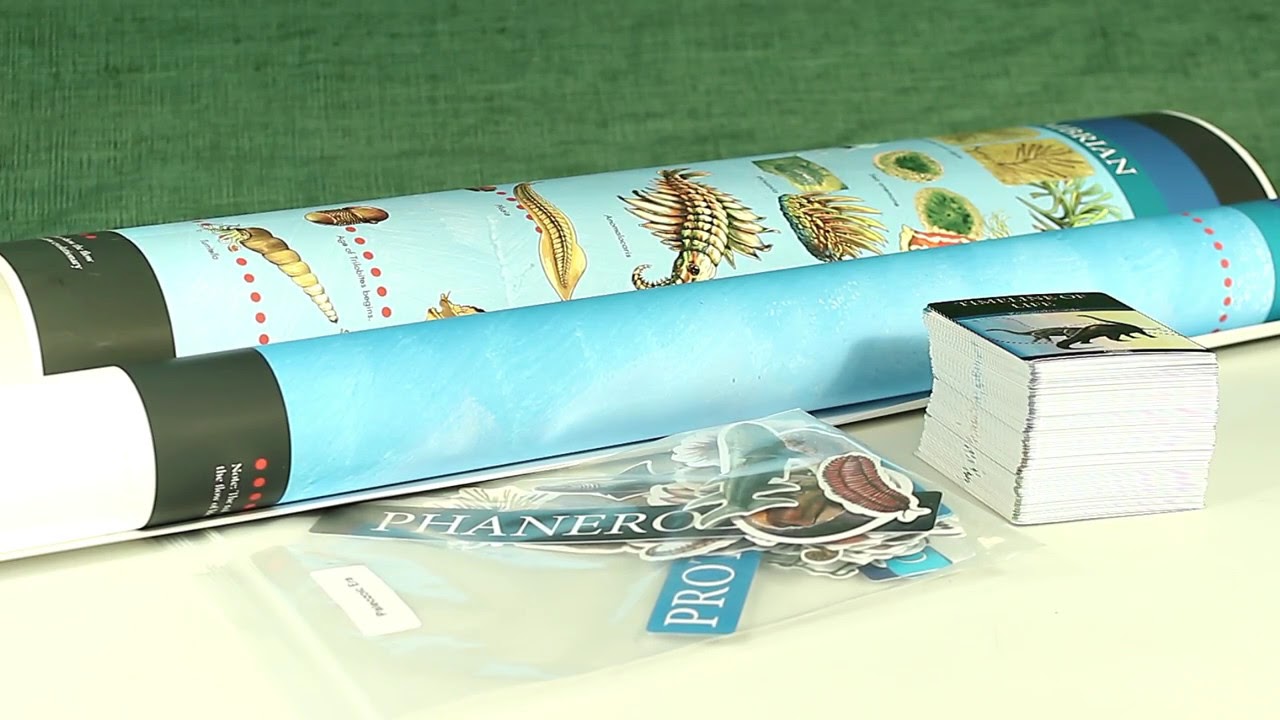
Alison’s Montessori is a unique approach to education that has been gaining popularity for its revolutionary teaching method. Based on the ideas of Maria Montessori, an Italian physician and educator, this approach emphasizes independence, self-direction, and hands-on learning. In this article, we will explore the history, benefits, and practical applications of Alison’s Montessori.
The History of Montessori Education
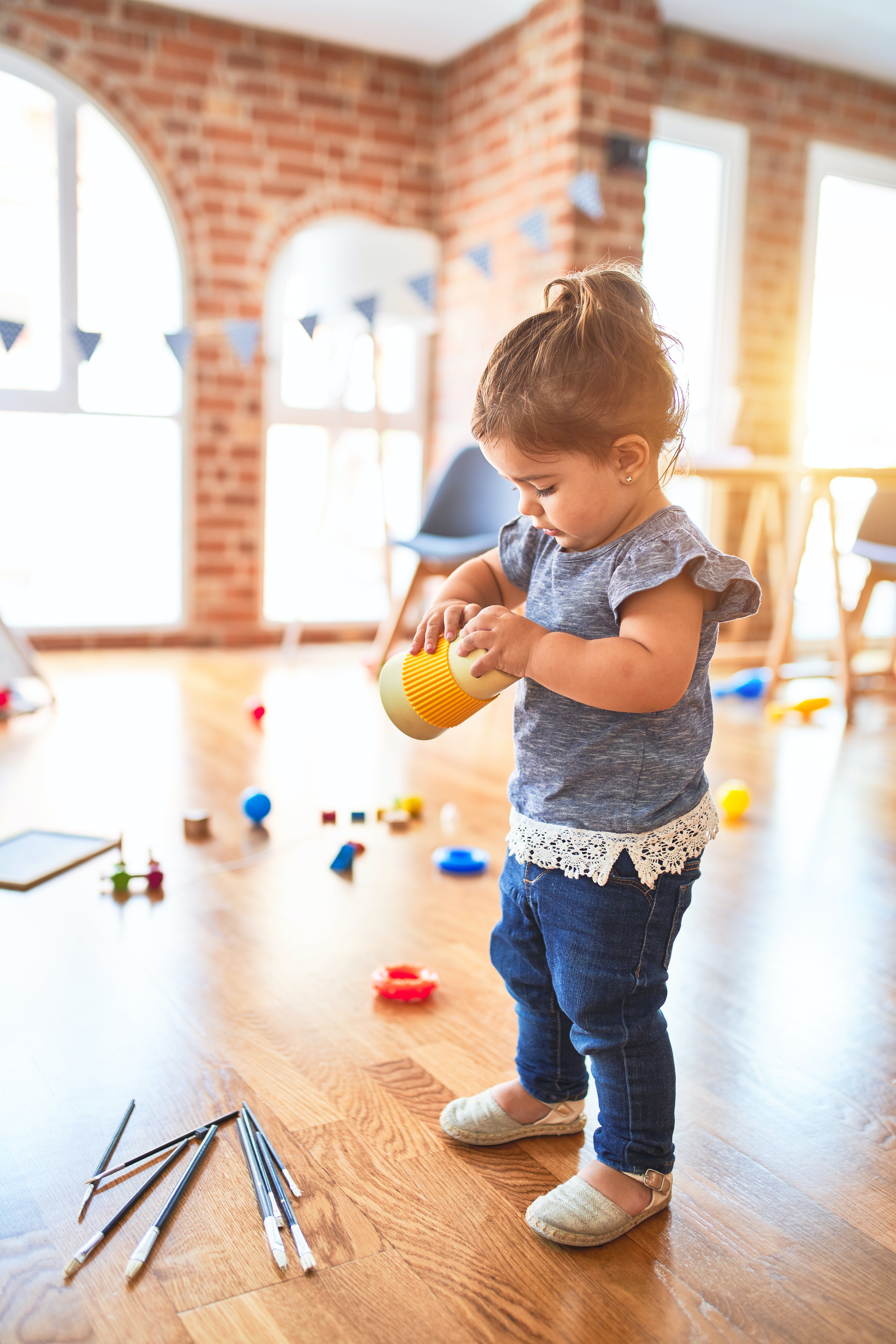
The Montessori method was first developed by Maria Montessori in the early 1900s when she opened her first school in Rome. Her educational philosophy was based on the idea that children should be allowed to learn at their own pace and follow their interests. She believed that children are natural learners and that the role of the teacher is to guide them rather than direct them.
Montessori education quickly gained popularity in Europe and the United States, and today there are over 20,000 Montessori schools worldwide. One of the most well-known Montessori schools is Alison’s Montessori, which was founded in 1994.
The Benefits of Alison’s Montessori
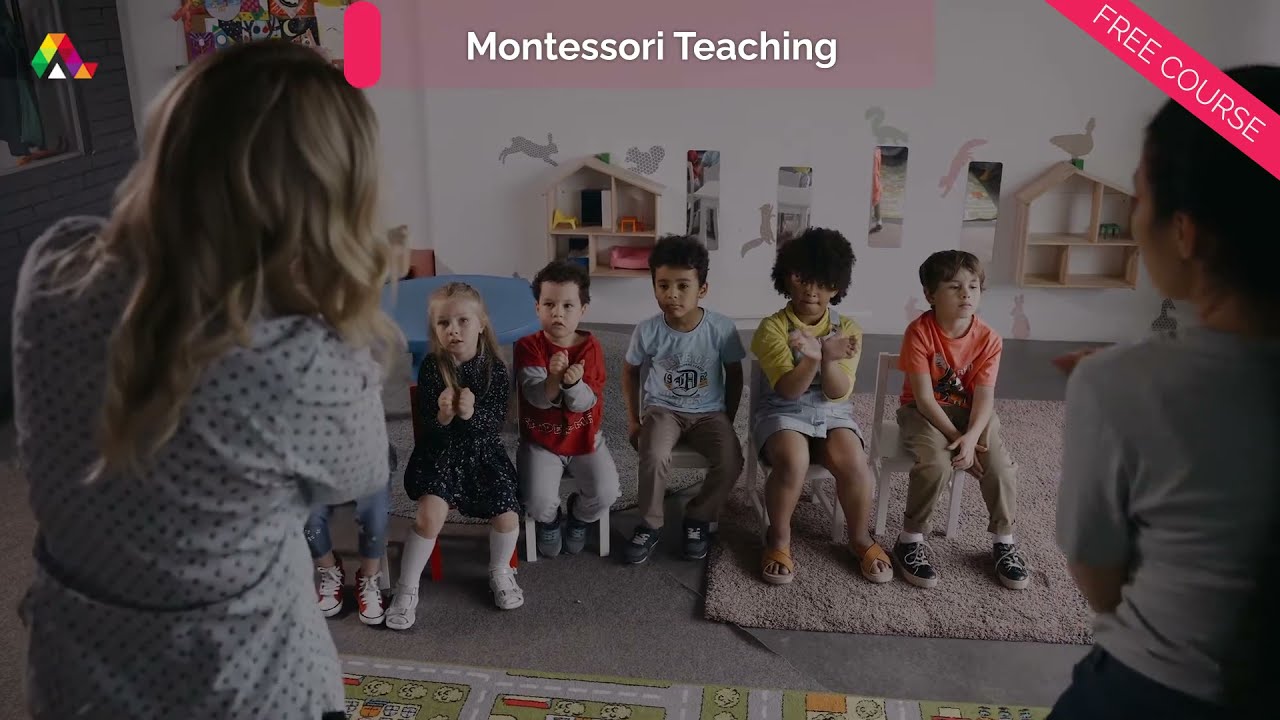
Alison’s Montessori offers a number of benefits that traditional education cannot match. Here are just a few of the advantages of this revolutionary teaching method:
Individualized Learning
Alison’s Montessori recognizes that each child has unique needs and interests. Rather than forcing all students to learn the same material at the same pace, this approach allows children to progress at their own speed and follow their curiosity.
Hands-On Learning
Alison’s Montessori emphasizes experiential learning, where children learn by doing rather than just listening to lectures. This hands-on approach encourages creativity, problem-solving, and critical thinking skills.
Self-Directed Learning
In Alison’s Montessori, children take charge of their own learning. They are given the freedom to choose their own activities and work independently, which helps them develop self-discipline and responsibility.
Social Development
Montessori education prioritizes social development as well as academic achievement. Children are encouraged to work together and learn from each other, which fosters a sense of community and builds social skills.
How to Use Alison’s Montessori
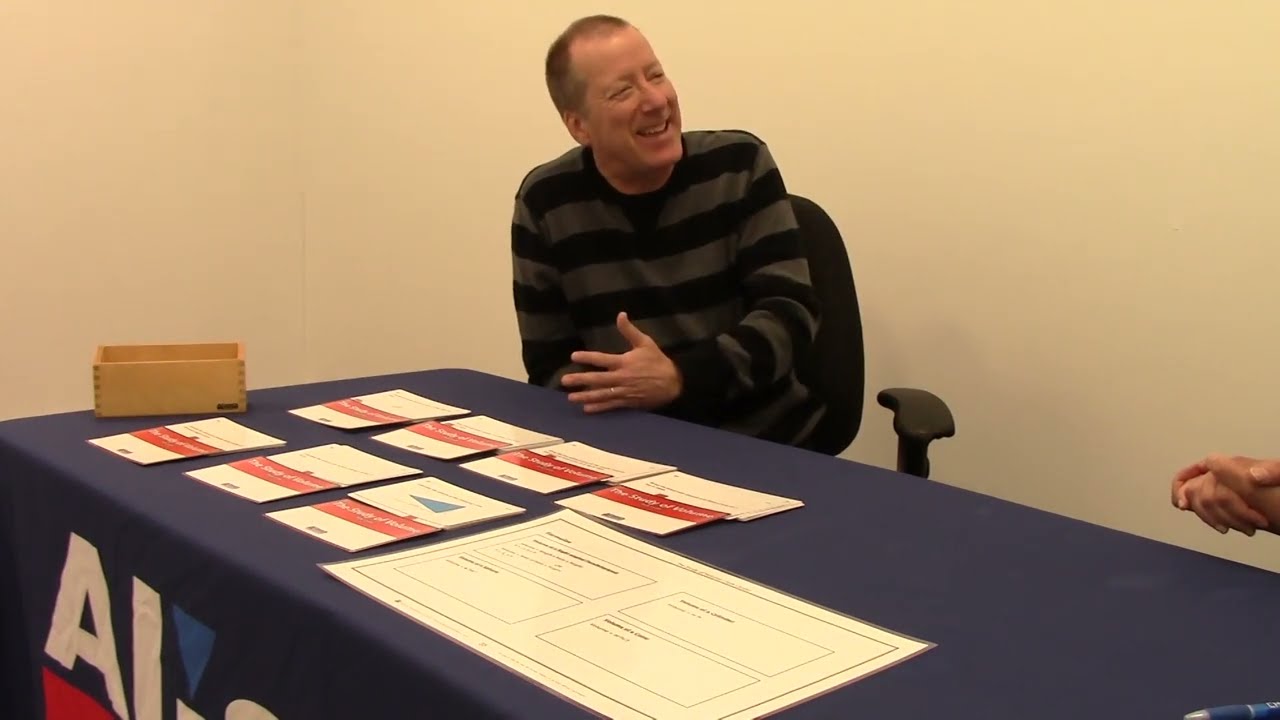
Alison’s Montessori can be used in a variety of settings, including schools, homeschooling, and daycare centers. Here are some tips for how to implement this approach:
Create a Prepared Environment
The environment plays a key role in Montessori education. It should be carefully designed to promote independence and allow children to explore and learn at their own pace. The classroom should be organized into different areas such as practical life, sensorial, language, math, and culture.
Allow for Freedom of Choice
Children should have the freedom to choose their own activities within the prepared environment. This allows them to follow their interests, develop their strengths, and work on areas where they need more practice.
Encourage Hands-On Learning
In Alison’s Montessori, hands-on learning is essential. Provide materials that allow children to explore concepts through touch, sight, and sound. Focus on activities that encourage exploration, experimentation, and creativity.
Foster Independence
Alison’s Montessori emphasizes independence and self-direction. Encourage children to take responsibility for their own learning, such as cleaning up after themselves and choosing their own activities.
Alison’s Montessori is a company that provides high-quality Montessori materials and educational resources. Their materials are designed to be used by children of all ages, from infants to adults.
There are many different ways to use Alison’s Montessori materials. One common approach is to set up a Montessori-inspired learning environment at home. This can be done by creating a space with a variety of Montessori materials, such as sensory materials, math materials, language materials, and cultural materials. Children can then choose the materials they are interested in working with and learn at their own pace.
Another way to use Alison’s Montessori materials is to enroll your child in a Montessori school. Montessori schools use Alison’s Montessori materials and other Montessori-approved materials to create a learning environment that is based on the Montessori philosophy.
Here are some tips on how to use Alison’s Montessori materials:
- Choose the right materials for your child’s age and interests. Alison’s Montessori offers a wide variety of materials, so it is important to choose ones that are appropriate for your child’s developmental stage and interests.
- Create a prepared environment. Montessori materials are designed to be used in a prepared environment, which is a space that is organized and inviting. Children should be able to easily access the materials they are interested in working with.
- Observe your child. One of the most important things to do when using Alison’s Montessori materials is to observe your child. This will help you to understand what they are interested in and how they are learning.
- Follow the child. Montessori philosophy is based on the idea that children learn best when they are allowed to follow their own interests. When using Alison’s Montessori materials, allow your child to choose the materials they want to work with and learn at their own pace.
- Be patient. Learning takes time. Be patient with your child as they learn and grow using Alison’s Montessori materials.
Here are some specific examples of how to use Alison’s Montessori materials:
- Sensory materials. Alison’s Montessori offers a variety of sensory materials, such as textured balls, smelling jars, and musical instruments. Sensory materials can be used to help children develop their senses and learn about the world around them.
- Math materials. Alison’s Montessori offers a variety of math materials, such as counting blocks, number rods, and geometric shapes. Math materials can be used to help children learn about numbers, shapes, and patterns.
- Language materials. Alison’s Montessori offers a variety of language materials, such as sandpaper letters, moveable alphabet, and phonics cards. Language materials can be used to help children learn about letters, sounds, and words.
- Cultural materials. Alison’s Montessori offers a variety of cultural materials, such as globes, maps, and musical instruments from different cultures. Cultural materials can be used to help children learn about different cultures and the world around them.
Alison’s Montessori also offers a variety of educational resources, such as books, articles, and videos. These resources can be used to learn more about the Montessori philosophy and how to use Alison’s Montessori materials.
If you are interested in using Alison’s Montessori materials, I encourage you to visit their website or contact them to learn more.
Examples of Alison’s Montessori in Action
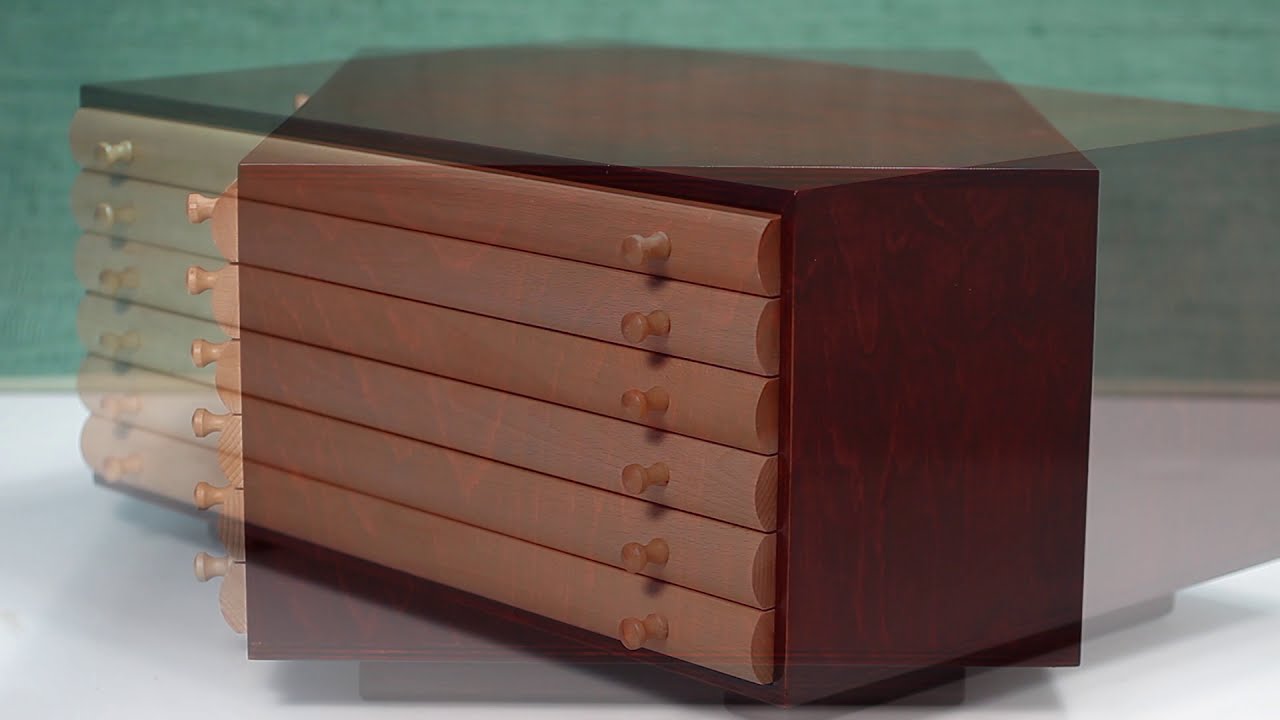
One example of Alison’s Montessori in action is the use of the “pink tower.” This is a set of ten blocks of varying sizes that teach size discrimination and spatial awareness. Children are encouraged to stack the blocks from largest to smallest or vice versa, helping them develop visual perception and problem-solving skills.
Another example is the sandpaper letters, which are used to teach children the sounds of letters and how to write them. The letters are cut out of sandpaper and glued onto wooden boards. Children trace the letters with their fingers while saying the corresponding sound, helping them develop literacy skills.
Comparing Alison’s Montessori to Traditional Education
Alison’s Montessori is a departure from traditional education in several key ways. Here are some of the main differences:
Curriculum
Traditional education has a set curriculum that all students are expected to follow. In Alison’s Montessori, each child follows their own path of learning based on their interests and abilities.
Teaching Methods
Traditional education relies heavily on lectures and textbooks. In Alison’s Montessori, hands-on learning and exploration are emphasized, allowing children to learn through experience.
Classroom Environment
Traditional classrooms are often teacher-centered and have rows of desks facing the front of the room. Alison’s Montessori classrooms are designed to be child-centered, with areas for different types of learning and materials accessible to children at all times.
Advice for Parents Considering Alison’s Montessori
If you’re considering Alison’s Mont essori for your child, here are some pieces of advice to keep in mind:
Do Your Research
Before choosing a Montessori school or program, make sure to do your research. Look for schools that are accredited and have trained Montessori teachers. Visit the school and observe a class, talk to other parents and ask questions.
Understand the Philosophy
It’s important to understand the philosophy behind Alison’s Montessori and how it differs from traditional education. Make sure you’re comfortable with the approach and believe it will benefit your child’s learning style.
Set Realistic Expectations
Montessori education is not a quick fix or a miracle solution. It takes time for children to adjust to the approach and for parents to see the benefits. Set realistic expectations and be patient.
Support Your Child’s Learning
Alison’s Montessori emphasizes independence and self-direction, but that doesn’t mean parents should be hands-off. Support your child’s learning by providing opportunities for exploration and independent work at home.
Conclusion
Alison’s Montessori is a revolutionary teaching method that emphasizes independence, hands-on learning, and self-directed learning. This approach has been proven to benefit social, emotional, and academic development in children. By creating a prepared environment, allowing freedom of choice, emphasizing hands-on learning, and fostering independence, parents and educators can help children thrive using Alison’s Montessori.


